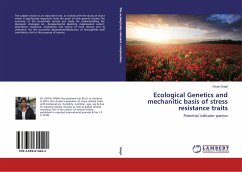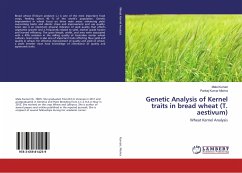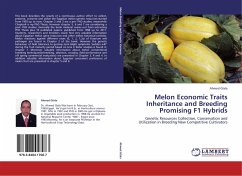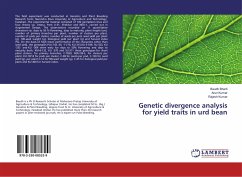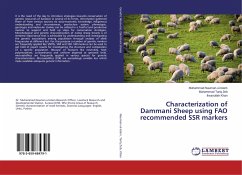Footrot is a highly contagious disease affecting the feet of hoofed animals and has significant economic and animal welfare impacts on the small ruminant livestock industry. Footrot in sheep and goats is caused mainly by infection with bacteria Dichelobacter nodosus and Fusobacterium necrophorum. The severity of footrot depends on an interaction of the environmental, bacterial, and host factors involved in different outbreaks. In groups of small ruminants in the same environment, there will be animals which are highly susceptible, partly susceptible, or resistant. It is well known that for many diseases, resistance has a genetic component and selection for disease resistance has long been considered a promising way to reduce disease prevalence. Genetic markers can be used to classify susceptible or resistant animals without subjecting them to a pathogenic challenge and can shorten the generation interval. Additionally, establishment of a footrot resistant sheep flock by using marker assisted selection enables farmers and producers to control and eradicate the disease, improve animal health and welfare and produce safe, high-quality food.



